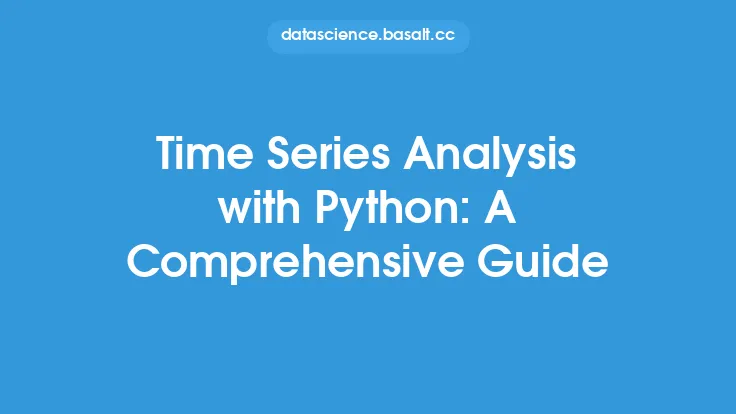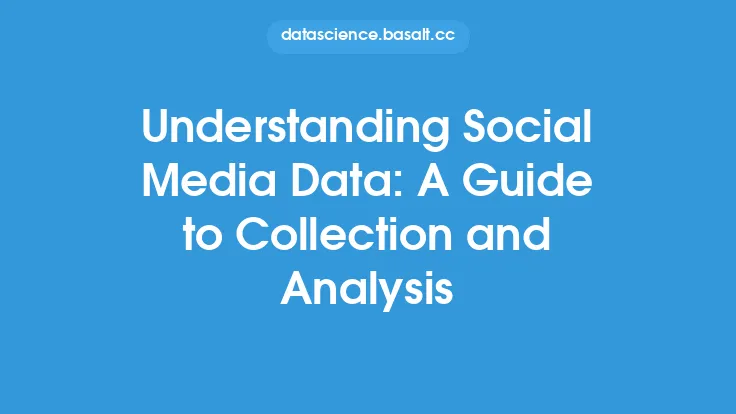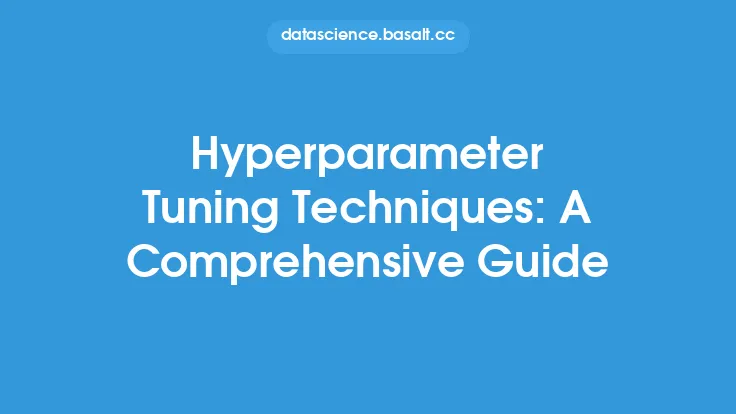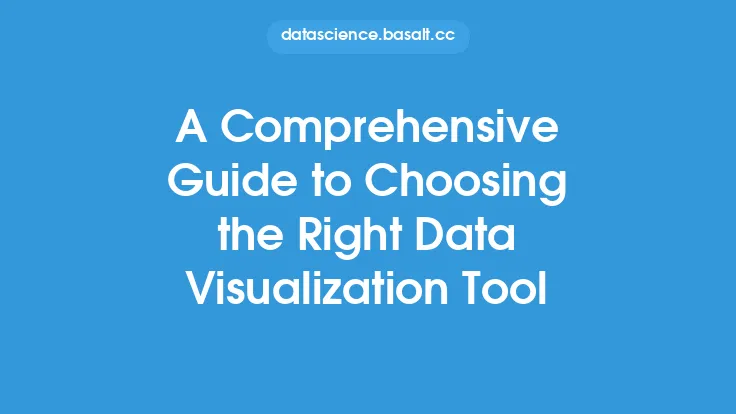Sentiment analysis is a crucial aspect of natural language processing (NLP) that involves determining the emotional tone or attitude conveyed by a piece of text, such as a sentence, paragraph, or entire document. It is a complex task that requires a deep understanding of language, context, and the nuances of human emotion. In this article, we will delve into the world of sentiment analysis, exploring its concepts, techniques, and applications.
Introduction to Sentiment Analysis
Sentiment analysis is a type of text analysis that aims to identify and extract subjective information from text data. It is used to determine the sentiment or emotional tone of the text, which can be positive, negative, or neutral. Sentiment analysis has numerous applications in various fields, including marketing, customer service, and social media monitoring. It can help businesses and organizations understand their customers' opinions and feelings about their products or services, enabling them to make informed decisions and improve their overall customer experience.
Types of Sentiment Analysis
There are several types of sentiment analysis, including:
- Binary Sentiment Analysis: This type of analysis involves classifying text as either positive or negative.
- Multi-Class Sentiment Analysis: This type of analysis involves classifying text into multiple categories, such as positive, negative, and neutral.
- Regression-Based Sentiment Analysis: This type of analysis involves predicting a continuous sentiment score, such as a rating from 1 to 5.
- Aspect-Based Sentiment Analysis: This type of analysis involves identifying the specific aspects or features of a product or service that are being praised or criticized.
Techniques for Sentiment Analysis
There are several techniques used for sentiment analysis, including:
- Rule-Based Approach: This approach involves using predefined rules to identify sentiment-bearing phrases and words.
- Machine Learning Approach: This approach involves training machine learning models on labeled datasets to learn patterns and relationships between words and sentiment.
- Deep Learning Approach: This approach involves using deep learning models, such as convolutional neural networks (CNNs) and recurrent neural networks (RNNs), to learn complex patterns in text data.
- Hybrid Approach: This approach involves combining multiple techniques, such as rule-based and machine learning approaches, to improve the accuracy of sentiment analysis.
Challenges in Sentiment Analysis
Sentiment analysis is a challenging task due to several reasons, including:
- Ambiguity and Uncertainty: Text data can be ambiguous and uncertain, making it difficult to determine the sentiment or emotional tone.
- Contextual Dependence: Sentiment can depend on the context in which the text is being used, making it challenging to develop models that can generalize well.
- Sarcasm and Irony: Sarcasm and irony can be difficult to detect, as they often involve using words or phrases that have opposite meanings.
- Language and Cultural Differences: Sentiment can vary across languages and cultures, making it challenging to develop models that can handle multilingual and multicultural text data.
Applications of Sentiment Analysis
Sentiment analysis has numerous applications in various fields, including:
- Customer Service: Sentiment analysis can be used to analyze customer feedback and improve customer service.
- Marketing: Sentiment analysis can be used to analyze customer opinions and preferences, enabling businesses to make informed decisions about their marketing strategies.
- Social Media Monitoring: Sentiment analysis can be used to monitor social media conversations and identify trends and patterns in customer opinions.
- Product Review Analysis: Sentiment analysis can be used to analyze product reviews and identify areas for improvement.
Tools and Techniques for Sentiment Analysis
There are several tools and techniques available for sentiment analysis, including:
- Natural Language Processing (NLP) Libraries: Such as NLTK, spaCy, and Stanford CoreNLP, which provide tools and resources for text processing and sentiment analysis.
- Machine Learning Libraries: Such as scikit-learn and TensorFlow, which provide tools and resources for building and training machine learning models.
- Deep Learning Libraries: Such as Keras and PyTorch, which provide tools and resources for building and training deep learning models.
- Sentiment Analysis Tools: Such as VaderSentiment and TextBlob, which provide pre-trained models and tools for sentiment analysis.
Best Practices for Sentiment Analysis
To get the most out of sentiment analysis, it is essential to follow best practices, including:
- Data Quality: Ensuring that the text data is of high quality and relevant to the task at hand.
- Data Preprocessing: Preprocessing the text data to remove noise and irrelevant information.
- Model Selection: Selecting the most suitable model for the task at hand, based on factors such as accuracy and interpretability.
- Model Evaluation: Evaluating the performance of the model using metrics such as accuracy, precision, and recall.
- Continuous Monitoring: Continuously monitoring the performance of the model and updating it as necessary to ensure that it remains accurate and effective.
Future Directions for Sentiment Analysis
Sentiment analysis is a rapidly evolving field, with new techniques and applications emerging all the time. Some future directions for sentiment analysis include:
- Multimodal Sentiment Analysis: Analyzing sentiment in multimodal data, such as text, images, and videos.
- Explainable Sentiment Analysis: Developing models that can provide explanations for their predictions, enabling users to understand why a particular sentiment was assigned.
- Transfer Learning: Using pre-trained models and fine-tuning them for specific tasks, enabling users to adapt sentiment analysis models to new domains and tasks.
- Real-Time Sentiment Analysis: Developing models that can analyze sentiment in real-time, enabling users to respond quickly to changing sentiment and trends.





